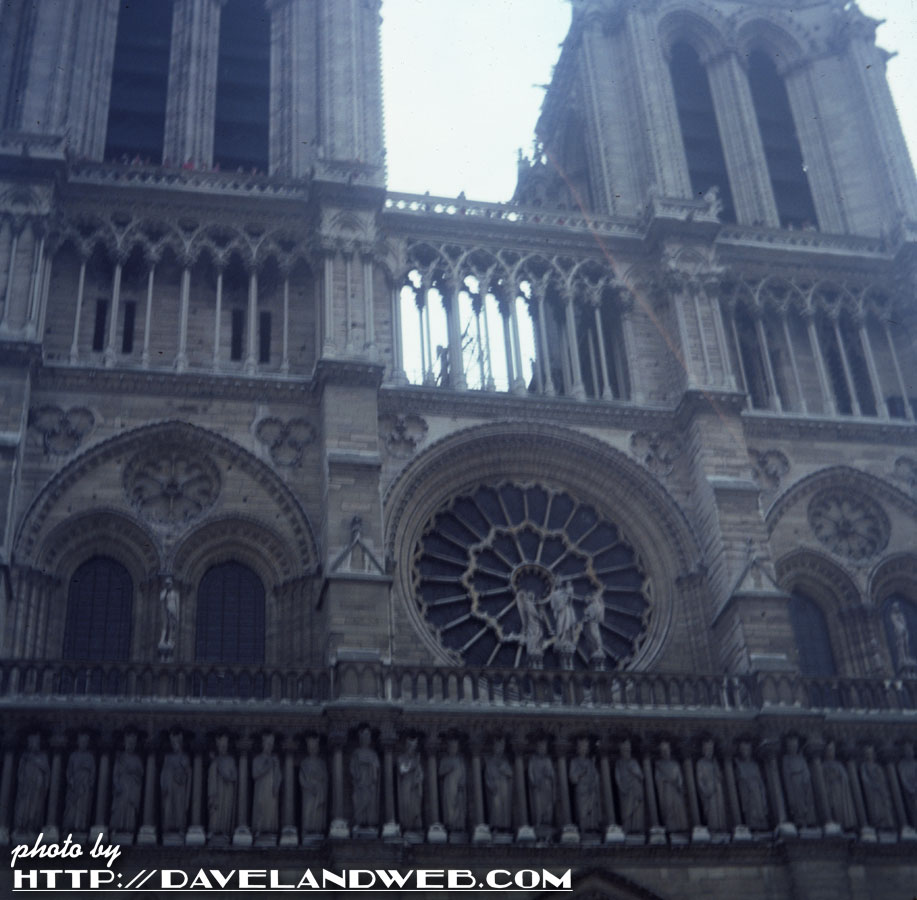
The fire that destroyed parts of the Notre Dame Cathedral in Paris sparked much more than just the historic structure’s roof; it also set off a bit of a debate over the importance of an iconic structure vs. humanity. Do we value buildings more than people?
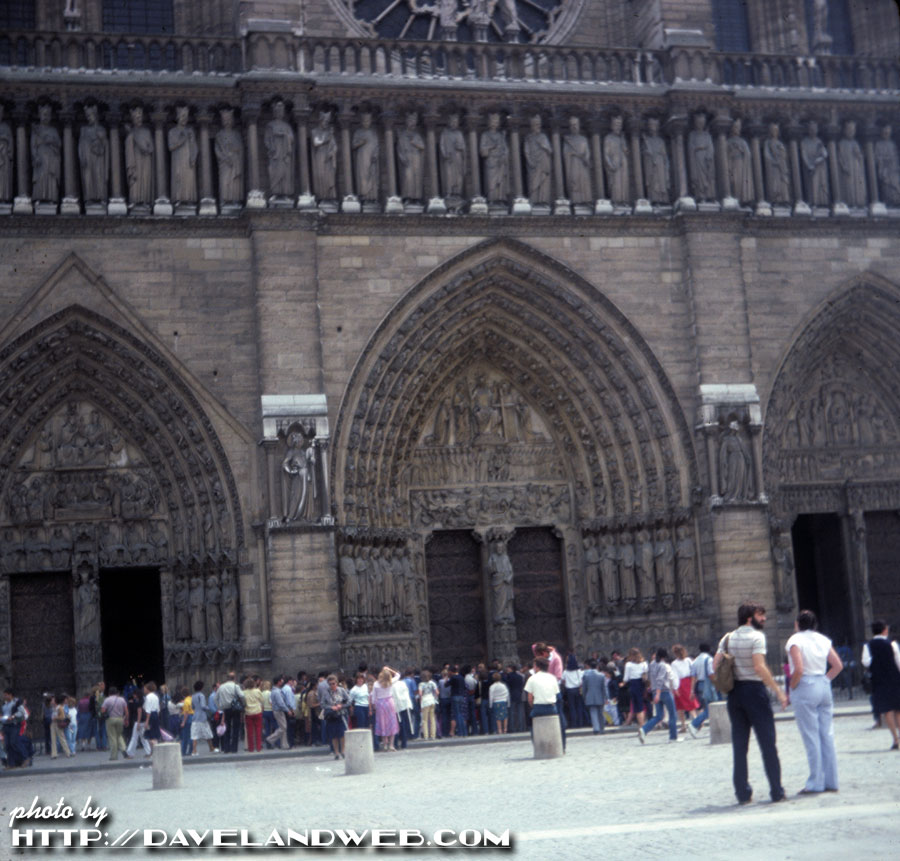
I don’t want to get into that portion of the debate, but rather another one...what makes a building a building? While it appears that more than enough money has quickly appeared in the coffers to return Notre Dame to its former glory, will it still be the same building? The only photos I have of Notre Dame are from my one visit to Paris back in 1982 when I played violin in an orchestra comprised of high school youth who toured Europe. I was pretty amazed to actually have the opportunity not only to see the Cathedral, but to play within its walls.
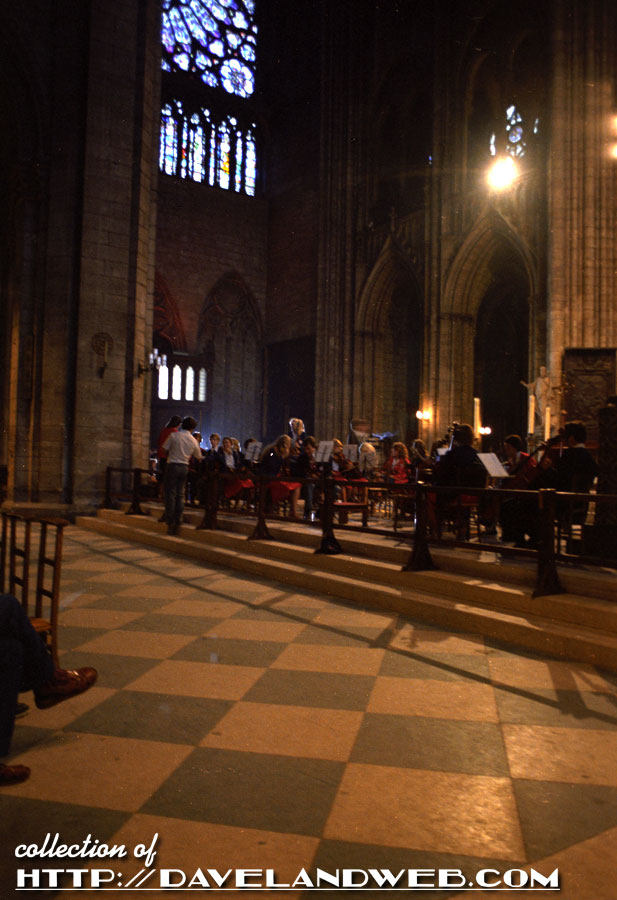
To this day, I’m not quite sure how the people behind AMA (American Music Abroad) pulled off that little coup for us. The first two shots were from the little Instamatic slide camera I borrowed from Mom to take on the trip. The next 3 photos were shot by my Dad, who happened to meet me in Paris for a few days.
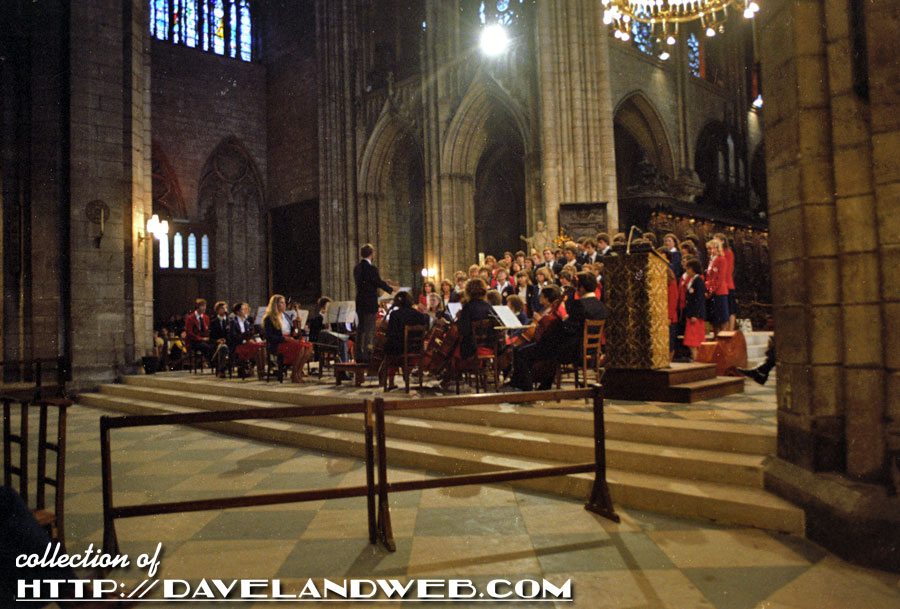
Don’t ask me how, but I managed to make 2nd chair violinist of the group. Still baffled on that one, too.
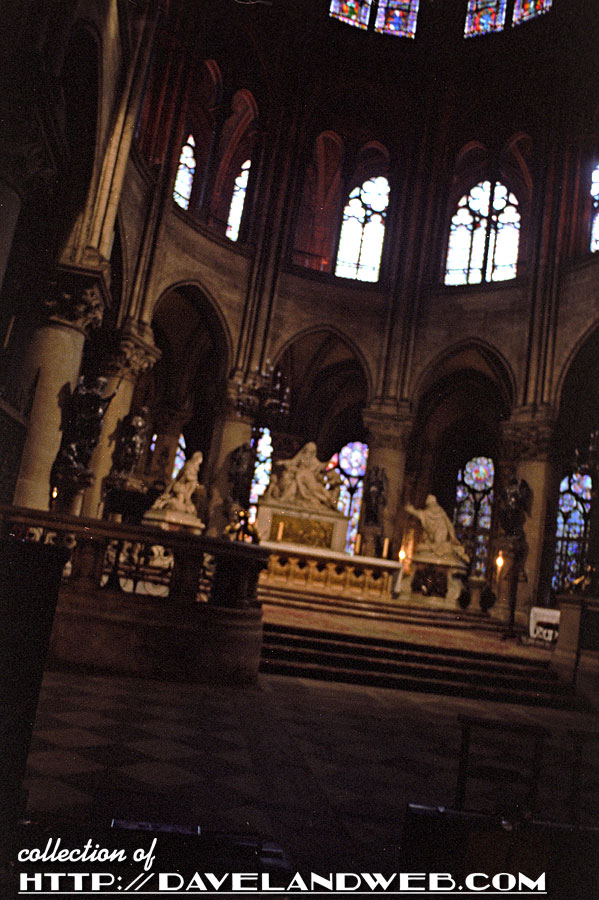
But back to the point of my post, as it really is not intended to be “Oh I was here and look at my photos that prove I was there.” Rather, it is a tale of my experience with historic buildings. The terms historic preservation, restoration, and renovation are often used interchangeably, and not necessarily correctly. Depending upon who you talk to, the definitions of the terms themselves can vary greatly. In an example of what I would call a “renovation,” Valley Forge Park in Pennsylvania went to the trouble of re-creating cabins that Washington’s troops stayed in during that very cold winter of 1777. Is this what they looked like? No idea. Photographs don’t exist from that time period, and all the people who re-built them had to go on might have been a foundation in the ground, perhaps a sketch, or a complete guess based on historic knowledge...and a little personal bias.
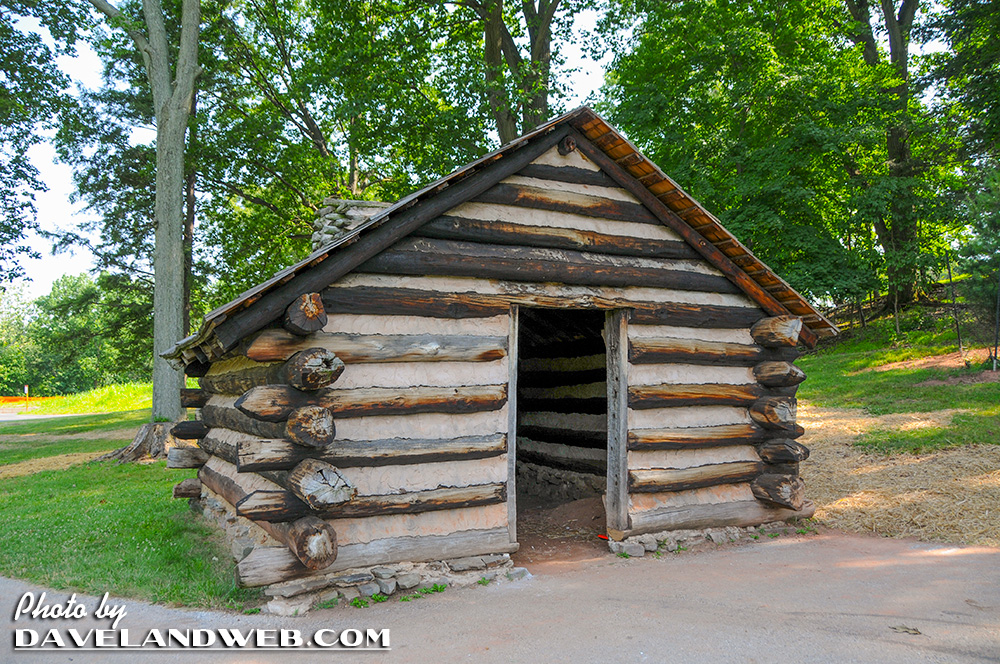
The uniforms are also re-creations. There is no way today’s world could perfectly reproduce what was worn back in the 18th century, as fabrics, dyes, and sewing techniques have changed a great deal. Are these good enough for the modern tourist? Most likely. Do they help illustrate what happened during that Winter of 77/78? Sure.
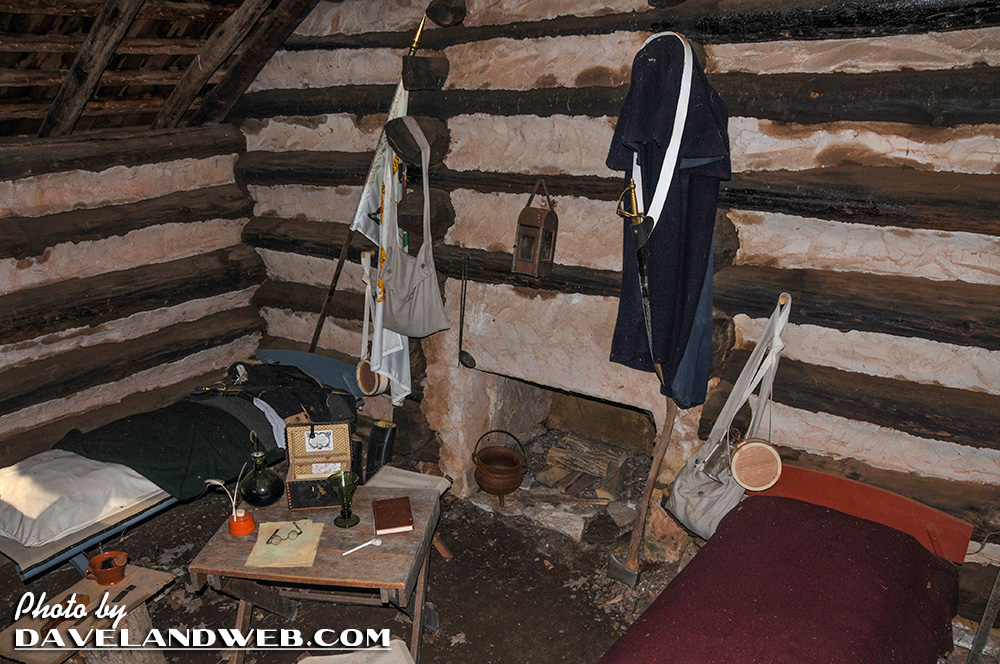
Moving over to a restoration/renovation project in which I personally took part in as a tour guide, the West Baden Springs Hotel was like something out of Great Expectations; overgrown, decaying, and somewhat creepy:
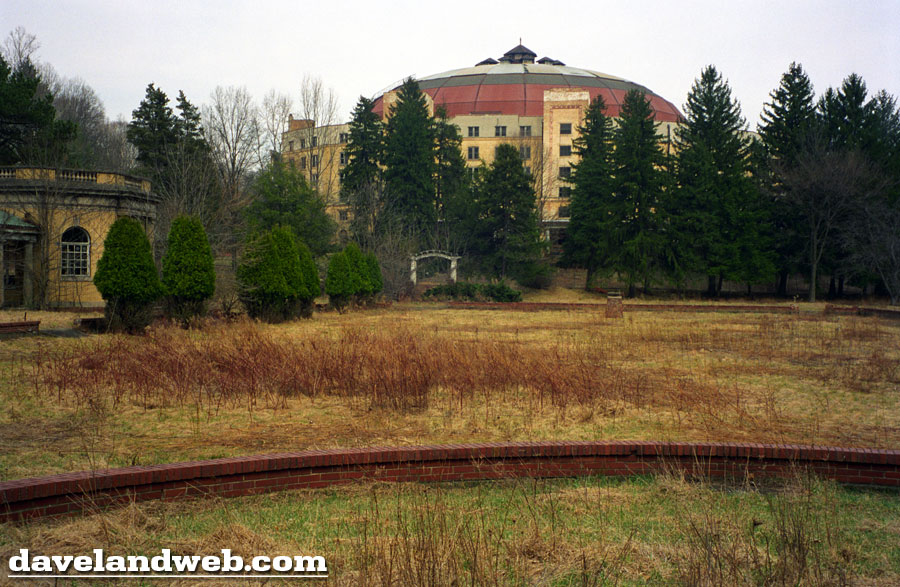
After a lot of money and blood, sweat, and tears, you would barely recognize the same building today:
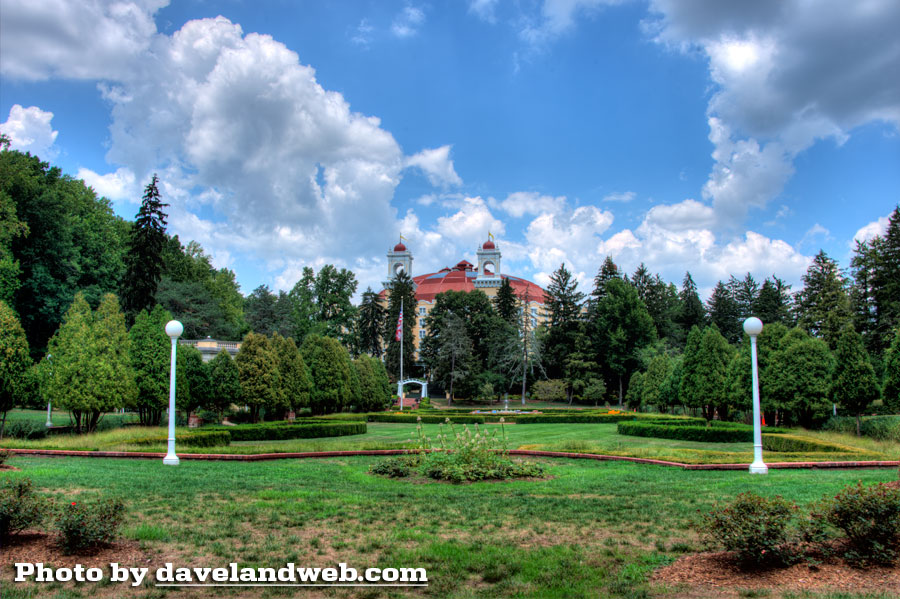
The hotel was just about ready to cave-in from years of neglect and diverse weather conditions. One entire wall did collapse as can be seen here:
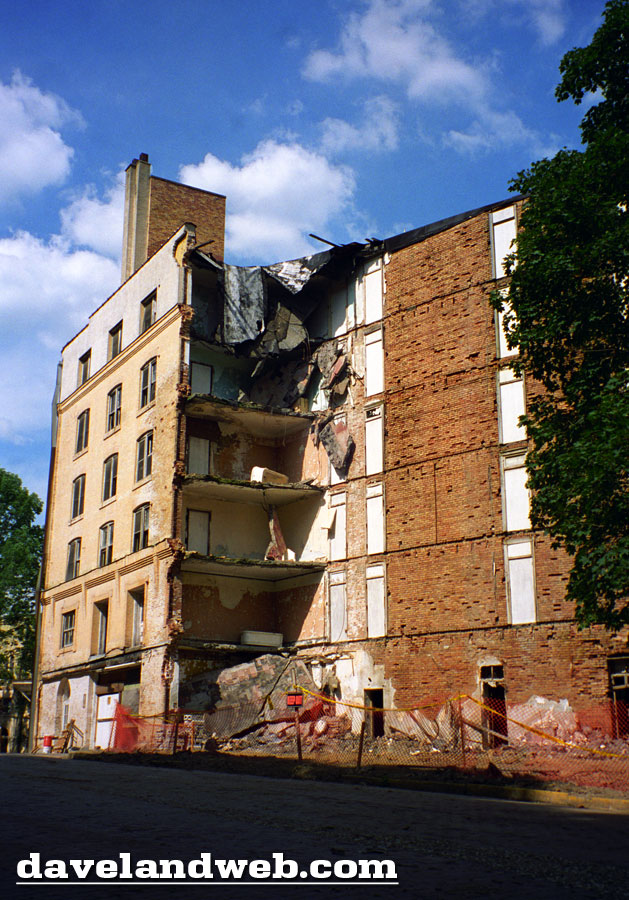
Today, that portion of the building has been perfectly put back together, repainted, and updated:
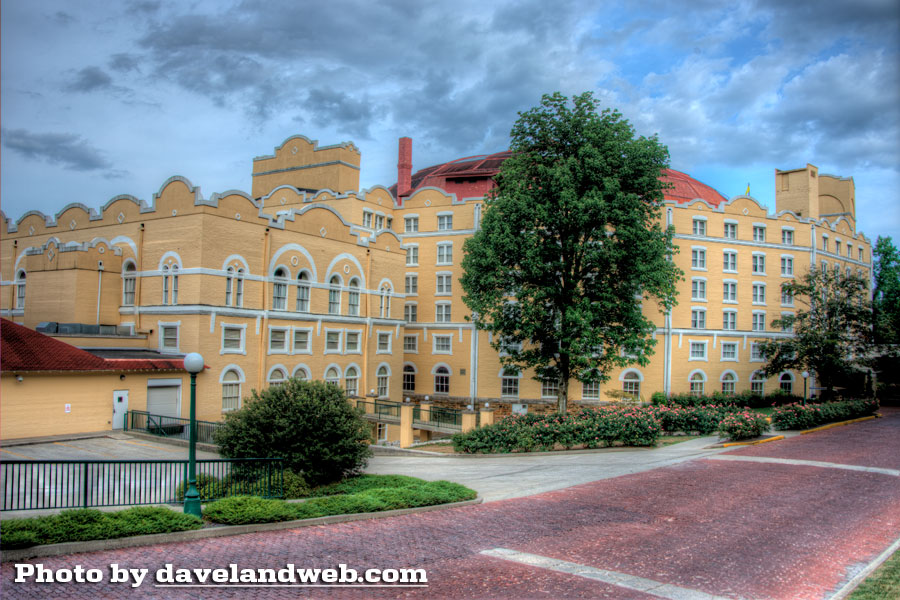
An interior shot of the atrium before it had been “restored”:
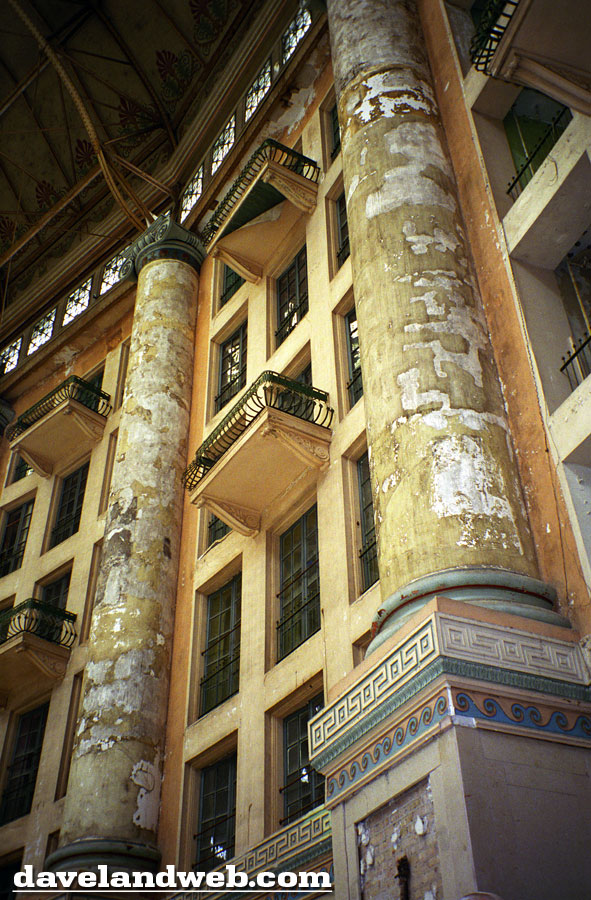
And after:

While the building looks incredible and practically brand-spanking new, is it the same building that opened at the beginning of the 20th Century? Or is the version I saw back in 1996 more authentic? I would almost argue that the 1996 structure has more stories to tell, whereas what guests see today is a very luxurious resort hotel. I felt more connected to the history when I could see through the layers of paint and wallpaper that hung off the decaying walls. Maybe I’m just sick and twisted that way after too many Tim Burton movies.
Over in Charleston, South Carolina, you can visit Drayton Hall, which is advertised as a “preservation.” They have not attempted to repaint, refurnish, or make this historic home look brand new. Instead, they have gone to a great deal of trouble to keep it in the state that it’s in. I greatly respect that choice, as it’s not necessarily one that most tourists would understand.
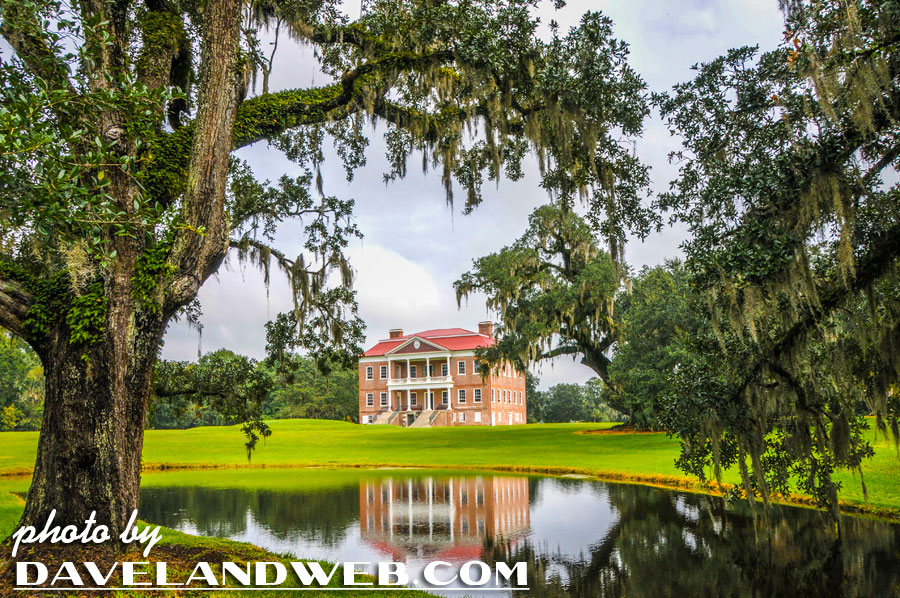
Sometimes a little peeling paint or a scuffed floor are okay in my book. You might see a famous handprint or footprint.
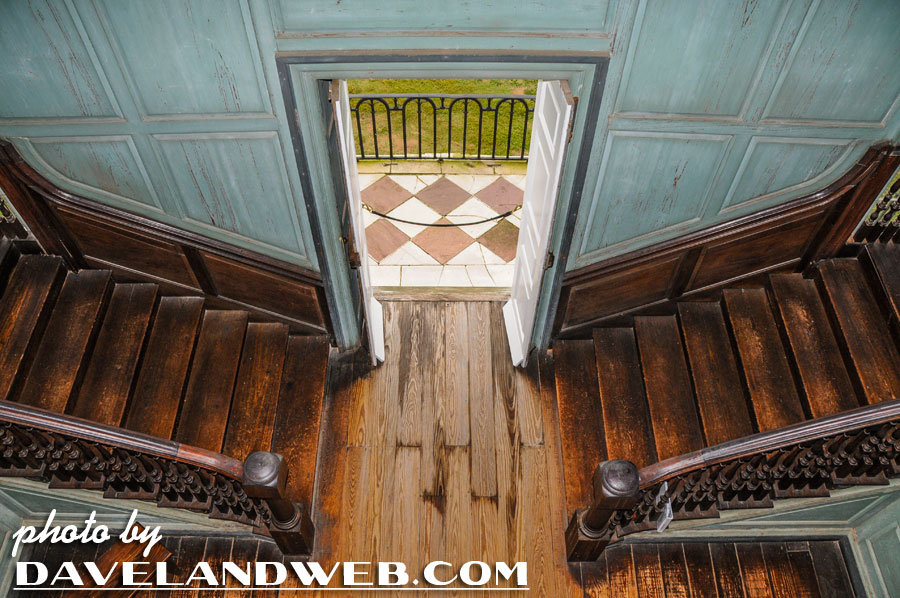
While I am happy that Notre Dame is getting a lot of attention and will most likely be fixed so that it can be seen for centuries to come, the fire is also part of its history. Should what was burned be put back to the way it was (which is technically impossible), or should it be covered and protected and become part of the story?
See more Daveland photos at my main website.

Nice post Dave. Notre Dame was going though a major restoration. While it would have retained the same look, the materials and construction techniques would have made it different than the 'original' in one way or another. The problem of protecting portions of the original will be up to the dangers to the public and to the surviving structure. Ir will interesting to see how it all unfolds. KS
ReplyDelete